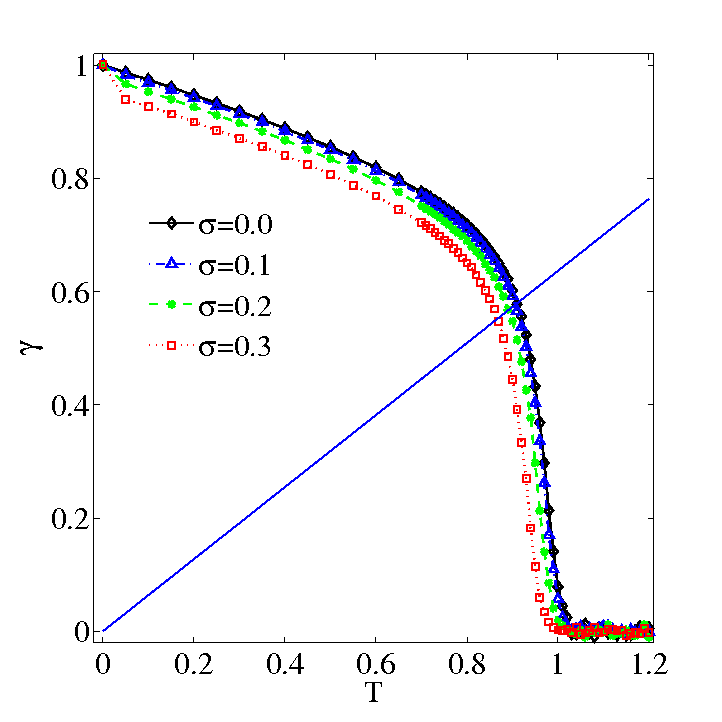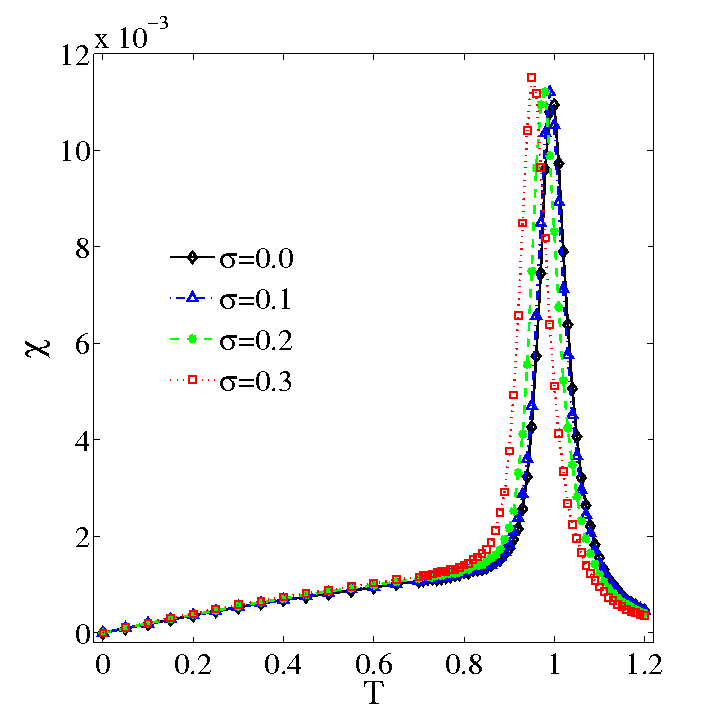Department of Physics
Researcher:
Chen Chen, PhD Student (h0792053@hkusua.hku.hk)
Chun Chen, Department of Physics, Fudan University
Yan Chen, Department of Physics, Fudan University (yanchen99@fudan.edu.cn)
Zi-Dan Wang, Chair Professor (zwang@hkucc.hku.hk)
Project Title:
Berezinsky-Kosterlitz-Thouless transition in phase fluctuating superconductors with inhomogeneous Gaussian distributed couplings
Project Description:
Within the framework of phase fluctuation picture for the pseudogap state of cuprate superconductors, we study effects of both spatial inhomogeneity of coupling strength and thermal phase fluctuations on the superconducting transition temperature.
Project Duration:
3 months
Project Significance:
The effect of atomic-scale pairing strength inhomogeneity on superconductivity has also drawn more and more attention in recent years. Several theoretical works for both s-wave and d-wave superconductors with spatial pairing strength inhomogeneity have been conducted. It is reported that the superconducting critical temperature Tc can be increased with properly designed inhomogeneous patterns. Notably, certain pattern of bond pairing inhomogeneity can increase Tc up to a theoretical maximum of 76%, within the framework of d-wave phase fluctuation superconductor. However, these inhomogeneity pattern may not be true in real superconductors. STM experiments demonstrate that the local gaps obeys a Gaussian-like distribution.
Results Achieved:
Our Monte Carlo simulations using Wolff cluster update on such 2D classical XY model, in which the bond coupling obeys a similar spatial Gaussian distribution, indicate that the increasing of the variance of Gaussian distribution may suppress the BKT transition temperature. In addition, we calculate some physical quantities, including the spin stiffness, free energy, specific heat, magnetization and magnetic susceptibility, by changing the inhomogeneity variance. In the end, we discuss the possible approaches to raise the BKT transition temperature by using inhomogeneity.
Submitted to Physical Review Letters
Submitted to Journal of Physics and Chemistry in Solids


Remarks on the Use of High Performance Computing Clusters:
Use parallel implementation of Wolff cluster Monte Carlo algorithms on GRIDPOINT with 4 blades. C++ and Parallel random number genetor SPRNG are used. Kwan WK and Lilian Chan have also helped us quite a lot on the use of GRIDPOINT.
